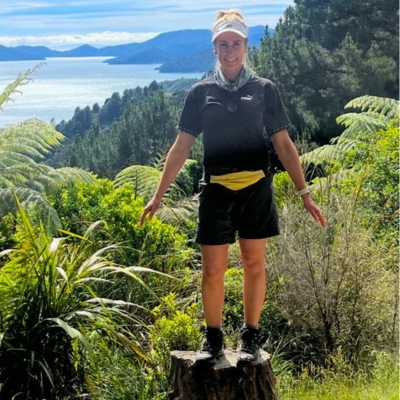11 Jun 24
Historic Meretoto/Ship Cove in the Marlborough Sounds
Ship Cove (Māori name ‘Meretoto’) is a small bay in the Marlborough Sounds at the northern tip of New Zealand’s South Island, and the favourite base of British explorer Captain James Cook. Between 1770 and 1777 he spent 101 days sheltering here on five separate visits. It is one of the most exhilarating and pristine landscapes in all of New Zealand and still looks much as it did in Cook’s time.
Ship Cove is a significant part of New Zealand’s history. It’s renowned as the first place of prolonged contact between Māori and Europeans, which laid the foundation of New Zealand’s bicultural heritage.
It is also located at the beginning of the world-famous Queen Charlotte Track – one of the finest all-season walking trails you’ll find. Measuring 73km end to end, the track winds along the peninsula that separates Queen Charlotte Sound from Kenepuru and Pelorus Sounds.
Ship Cove is a significant place in New Zealand’s history. While at Ship Cove, Cook discovered a plant called Cook’s Scurvy Grass (Lepidium oleraceum) which yielded valuable Vitamin C to cure scurvy among his crew.
Planted just above the high water mark are a row of Karaka trees, with very glossy leaves. The berries of this tree turn brilliant orange in late summer. They provide the Māori people with a staple food – the flesh being baked as patty-like bread, requiring a long treatment process to rid them of their toxic properties. Untreated, these berries are very poisonous to humans and other mammals, though birds seem unaffected.
Looking out from the foreshore of Ship Cove you can see Motuara Island – where Cook raised the British flag on 31 January 1770 and took possession of the mainland in the name of King George III. The island was completely cleared and farmed in the early 1900s. What grows now is regenerating forest.
In 2006 new visitor facilities were installed, reflecting the interwoven cultural history of Ship Cove. The design and the craftsmanship of the facilities blend traditional Māori and 18th-century English nautical design elements together; from the picnic tables (representing a waka and a long boat), to the bridge (symbolising the meeting of the two cultures).
There are three pouwhenua (carved poles), the larger one represents Kupe, the great Polynesian explorer, the two smaller ones represent the two local iwi (tribes).
From Ship Cove there is a lovely 30-minute stroll to a waterfall – accessed by heading northwards away from the monument. If you feel inspired to explore the beach and native bush, you will find information about the walk on the detailed signage located to the left of the entrance to the Queen Charlotte Track. There are clean and modern eco restrooms tucked behind trees via a small path.
Getting there
A visit to Ship Cove is included in our 5-day fully supported self-guided walk and 5-day guided walk. You will be transported to Ship Cove in a modern catamaran. The journey takes about 1 hour and 15 minutes, and as you cruise along your guide will share their knowledge of the local marine life and history.

Written By
Tamara Loschiavo
Tamara is RAW Travel's New Zealand Destination Expert. She specialises in crafting unforgettable hiking experiences and sharing first-hand insights about her own experiences on the Queen Charlotte Track and Abel Tasman Coast Track. With a deep passion for exploring the world's most scenic trails, Tamara brings a wealth of knowledge to those seeking extraordinary walking journeys.
